In the world of software development and distribution, a software license agreement is a crucial legal document that outlines the terms and conditions under which a software product can be used, distributed, and modified. In essence, a software license agreement is a contract between the licensor (the developer or distributor of the software) and the licensee (the user or customer). The license agreement specifies the rights and obligations of each party and sets out the parameters for the authorized use of the software.
There are many different types of software license agreements, each with its own unique terms and conditions. Some software license agreements are designed to be relatively permissive, allowing users a great deal of flexibility in how they use and modify the software. Other license agreements may be more restrictive, imposing tight controls on how the software can be used or distributed.
The importance of software license agreements cannot be overstated. From the developer’s perspective, a well-crafted license agreement can protect their intellectual property rights and ensure that they are properly compensated for their work. For the user, a license agreement can provide clarity on the terms and conditions of use, and help to avoid legal disputes or misunderstandings down the line.
What Does Software License Agreement Mean?
The software license agreement typically includes provisions that outline the scope of the license, the permitted uses of the software, any restrictions on the use of the software, and the rights and responsibilities of both the software developer and the end user. The agreement may also cover issues such as warranties, liability, support, and updates.

The purpose of a software license agreement is to protect the interests of both the software developer and the end user. The agreement ensures that the end-user has a legal right to use the software, while also protecting the developer’s intellectual property rights and limiting their liability for any problems that may arise from the use of the software.
Types Of Software Licenses:
- Public Domain Licenses
Public domain licenses are the simplest and most permissive type of software license. These licenses allow anyone to use, modify, and distribute the software without any restrictions or requirements. When software is released into the public domain, the owner forfeits all rights to the software, making it available for anyone to use or modify without the need for a license or permission.
One of the most popular public domain licenses is the Creative Commons Zero (CC0) license. This license allows users to use, modify, and distribute the software without any restrictions. This license is often used for software that is intended to be used in the public domain, such as open data sets or educational resources.
- GNU/Lesser General Public Licenses
The LGPL license is often used for software libraries because it allows developers to use the library in their own software without having to release their software under the LGPL license. This makes it easier for developers to create new software that incorporates open-source libraries.
- Permissive Licenses
Permissive licenses are a type of open-source license that allows users to use, modify, and distribute software without any restrictions. Permissive licenses are less restrictive than other open-source licenses, such as the GPL license, which requires that any software that incorporates GPL-licensed code must also be released under the GPL license.
One of the most popular permissive licenses is the MIT license. This license allows users to use, modify, and distribute the software without any restrictions, as long as the copyright notice and permission notice are included in all copies or substantial portions of the software.
- Copyright Licenses
One of the most common copyright licenses is the Creative Commons license. This license allows users to use, modify, and distribute the software, but only under certain conditions. For example, the license may require that the user give credit to the owner or that any modifications made to the software are released under the same license.
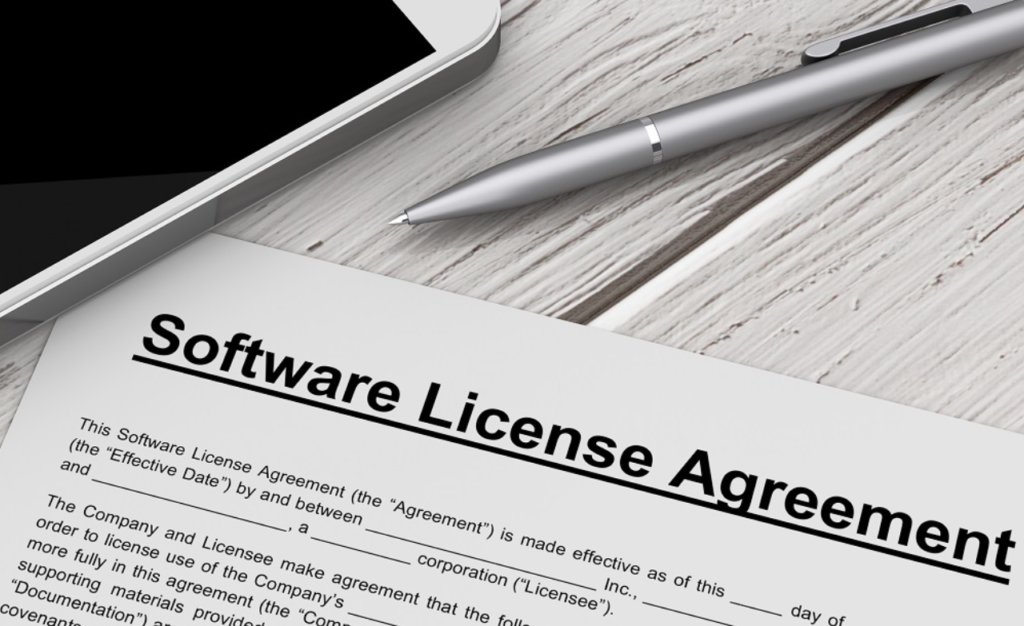
- Proprietary Licenses
Proprietary licenses are a type of software license that restricts the user’s rights to use, modify, or distribute the software. Proprietary licenses are often used for commercial software, where the owner wants to protect their intellectual property rights and limit the use of the software to paying customers.
One of the most well-known proprietary licenses is the Microsoft End User License Agreement (EULA). This license restricts the user’s rights to use the software and limits the liability of the software developer in case of any problems that may arise from the use of the software.
When Do I Need A Software License Agreement?
You need a software license agreement whenever you develop, distribute, or use software that you have created or licensed from someone else. A software license agreement is a legal contract that sets out the terms and conditions under which the software can be used.
The following are some situations in which you may need a software license agreement:
- If you are a software developer and you want to license your software to others for use, you will need a software license agreement to set out the terms and conditions under which the software can be used;
- If you are a business that wants to use software that you have licensed from a software developer or vendor, you will need a software license agreement to set out the terms and conditions under which you can use the software;
- If you are a business that wants to distribute software to others, you will need a software license agreement to set out the terms and conditions under which the software can be used by others;
- If you are an individual or business that wants to use open-source software, you will need to comply with the terms of the software’s license agreement;
What Is The Purpose Of A Software License Agreement:
Prevents Abuse
One of the primary purposes of a software license agreement is to prevent abuse of the software. Abuse can take many forms, from using the software for illegal purposes to distributing it without permission. A license agreement sets out the terms and conditions of use, outlining what users can and cannot do with the software. This can include restrictions on copying or modifying the software, limitations on the number of devices it can be installed on, or requirements for the payment of fees or royalties.
By setting out these terms and conditions, a software license agreement helps to protect the intellectual property rights of the software developer. It also helps to prevent piracy and unauthorized distribution, which can lead to lost revenue for the developer. In addition, a license agreement can provide a legal basis for pursuing legal action against those who violate the terms of the agreement.
Limits Liability
Another important purpose of a software license agreement is to limit liability for the software developer. The software can be complex and may contain bugs or errors that could cause damage or loss to users. A license agreement can include disclaimers and limitations of liability that protect the developer from legal action in the event of such issues.
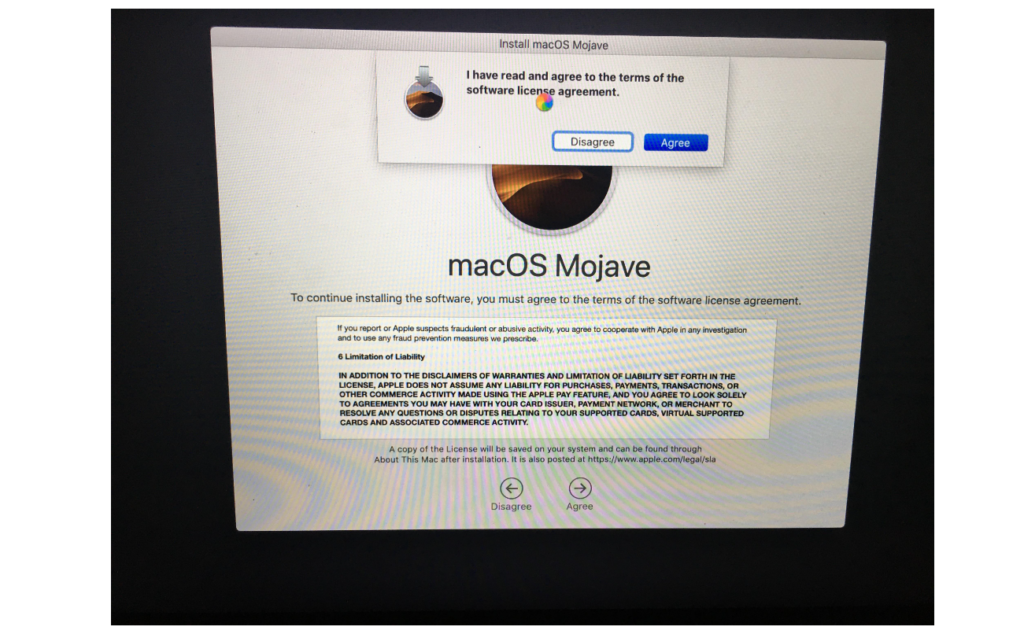
For example, a license agreement might include a disclaimer that the software is provided “as is” and without any warranty or guarantee of performance. This means that the developer is not liable for any damage or loss that may occur as a result of using the software. Similarly, a license agreement might limit the developer’s liability to the amount paid for the software, or exclude liability for indirect or consequential damages.
Gives You The Right To Terminate Use
A software license agreement also gives the developer the right to terminate the user’s license in certain circumstances. This might occur if the user violates the terms of the agreement, such as by distributing the software without permission or using it for illegal purposes.
Termination of the license can result in the user being unable to continue using the software. This helps to protect the developer’s intellectual property rights and can prevent further abuse of the software. It can also serve as a deterrent to others who might be tempted to violate the terms of the agreement.
Issues Disclaimers
In addition to limiting liability, a software license agreement can also include disclaimers that protect the developer from other types of legal action.
For example, a disclaimer might state that the software is not intended for use in critical applications, such as medical or aviation systems, and that the developer is not responsible for any damages that may result from such use.
Similarly, a disclaimer might state that the software is not intended to be used in conjunction with certain hardware or software systems and that the developer is not responsible for any problems that may result from such use. These disclaimers help to protect the developer from legal action that may arise from the use of the software in unintended or inappropriate ways.
Allows Licensing And Not Sale
A software license agreement allows the developer to license the software rather than sell it outright.
This can be beneficial for both the developer and the user:
- For the developer, licensing allows them to retain control over the software and its distribution. It also provides a source of ongoing revenue through licensing fees or royalties;
- For the user, licensing allows them to use the software without having to invest in the development or maintenance of the software themselves. It also provides access to software that they may not be able to afford to purchase outright;
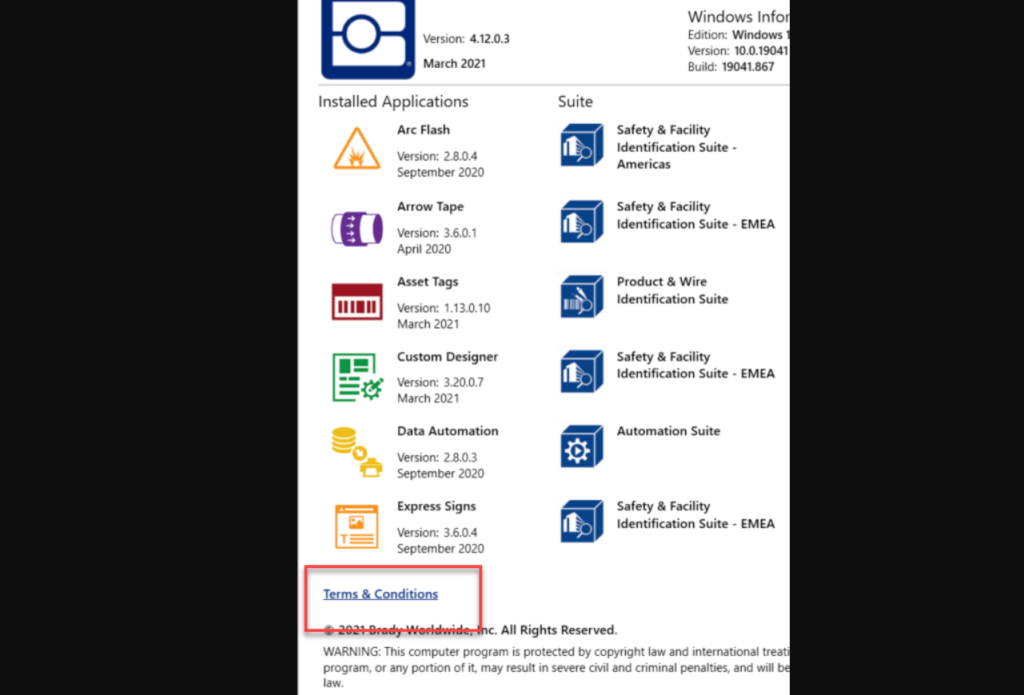
Software License Agreements Coverage:
1) General Information
There are different types of software license agreements, and the terms and conditions vary depending on the type of license.
The most common types of licenses are proprietary licenses, open-source licenses, and free software licenses:
- Proprietary licenses are the most restrictive and require users to pay a fee for the right to use the software;
- Open-source licenses allow users to use the software for free, but they come with certain restrictions;
- Free software licenses allow users to use the software for free and often include the right to modify and distribute the software;
2) Parties A software license agreement involves two parties: the software developer and the user. The software developer is the party that owns the intellectual property rights to the software. The user is the party that wants to use the software. In some cases, the user may be an individual, while in other cases, the user may be a business or organization.
3) Terms
Software license agreements include various terms and conditions that outline the rules for using the software [2].
Some of the most common terms and conditions include:
- License Grant: This term outlines the conditions under which the user is allowed to use the software. It may specify the number of users allowed, the devices the software can be installed on, and the length of time the license is valid;
- Restrictions: This term outlines the restrictions on the use of the software. It may specify that the software cannot be used for commercial purposes or that it cannot be modified or reverse-engineered;
- Ownership: This term specifies that the software developer owns the intellectual property rights to the software. It may also outline the user’s responsibilities to protect the developer’s intellectual property rights;
- Warranty: This term outlines any warranties provided by the software developer. It may specify that the software is provided “as is” and that the developer is not responsible for any damages that result from the use of the software;
- Liability: This term outlines the developer’s liability for any damages that result from the use of the software. It may specify that the developer is not liable for any indirect, special, or consequential damages;
- Termination: This term outlines the conditions under which the license can be terminated. It may specify that the license is terminated if the user violates any of the terms and conditions outlined in the agreement;
4) Other Specifics
In addition to the terms and conditions outlined in the software license agreement, there are other specifics you need to be aware of when using the software. These include:
- Updates: Software developers often release updates to their software to fix bugs and improve performance. The software license agreement may specify whether or not you are entitled to these updates and how they will be provided;
- Technical Support: The software license agreement may specify whether or not the developer will provide technical support for the software. If technical support is provided, the agreement may specify the level of support provided and the means of communication;
- Renewals: If the software license is for a limited period, the software license agreement may specify how to renew the license and what fees will be required;
- Transferability: The software license agreement may specify whether or not the license can be transferred to another party. If transferability is allowed, the agreement may specify the conditions under which the transfer can occur;
- Governing Law: The software license agreement may specify which jurisdiction’s laws will govern the agreement. This is important to note, as it may affect your rights and obligations under the agreement;
- Acceptance: Finally, the software license agreement may specify how acceptance of the agreement is indicated. This may be through clicking “I Agree” or some other method;
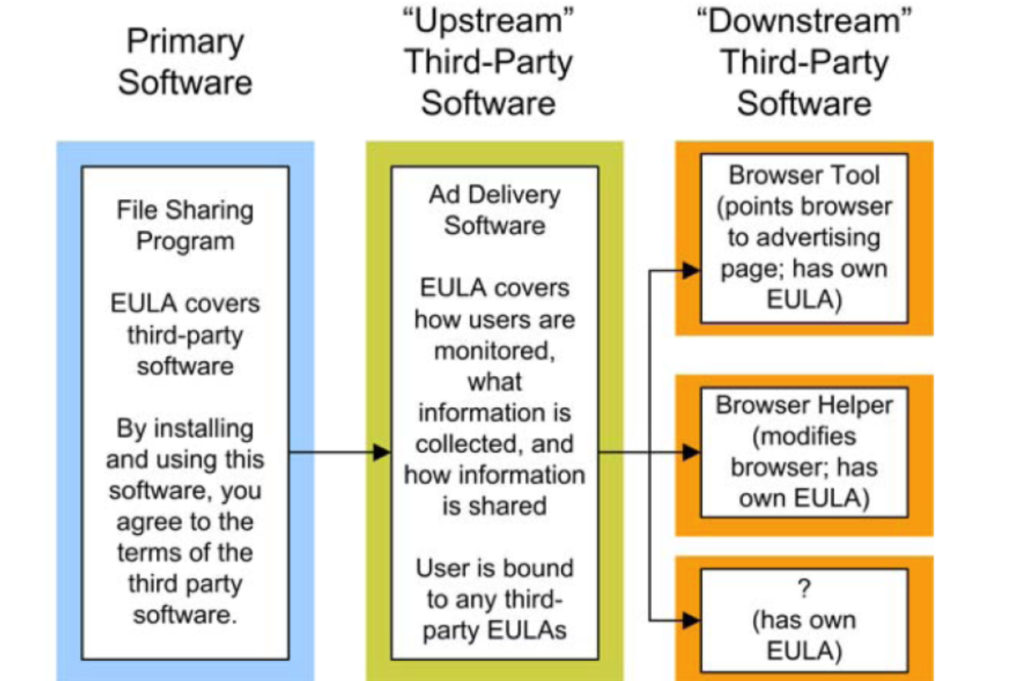
What Are The Limitations Of Software License Agreements?
Here are some limitations of software license agreements:
- Lack of negotiation: SLAs are typically take-it-or-leave-it agreements, meaning users cannot negotiate the terms of the contract. This can be problematic for users who may not agree with some of the terms or want to make changes;
- Complex language: SLAs are often written in complex legal language that can be difficult for the average user to understand. This can lead to misunderstandings and disputes between users and software developers;
- No ownership: SLAs typically state that users do not own the software, but instead, they are only granted a license to use it. This means that users cannot modify or distribute the software without the software developer’s permission;
- Limited liability: SLAs often limit the software developer’s liability in the event of damages caused by the software. This means that users may not be able to hold software developers responsible for any damages caused by the software;
- Limited warranty: SLAs typically include a limited warranty that may only cover the software for a limited time or for specific issues. This means that users may not be able to get a refund or compensation for any issues that arise after the warranty period;
Overall, software license agreements have limitations that can negatively impact users. Users need to read and understand the terms of the agreement before agreeing to use the software.
How Do You Create A Software License Agreement?
Creating a software license agreement (SLA) involves several key steps. Here are the basic steps to create an SLA [3]:
- Identify the key terms: The first step is to identify the key terms that you want to include in the agreement. This typically includes the scope of the license, restrictions on use, and the warranty;
- Determine the licensing model: There are different licensing models available, such as open-source, freemium, or proprietary. Choose the one that best suits your needs;
- Write the agreement: Once you have identified the key terms, you can start drafting the agreement. The agreement should be written in clear, concise language that is easy to understand;
- Include legal language: Since SLAs are legal contracts, it is important to include legal language that will protect your interests. This may include limitation of liability, indemnification, and dispute resolution clauses;
- Get legal review: It is always a good idea to have a lawyer review the SLA to ensure that it complies with all relevant laws and regulations;
- Make it easily accessible: Once the SLA is finalized, make sure it is easily accessible to users. This can be done by including it in the software installation process, on your website, or through a separate agreement page;
- Update as needed: Finally, it is important to review and update the SLA as needed to ensure that it remains up-to-date and legally compliant;
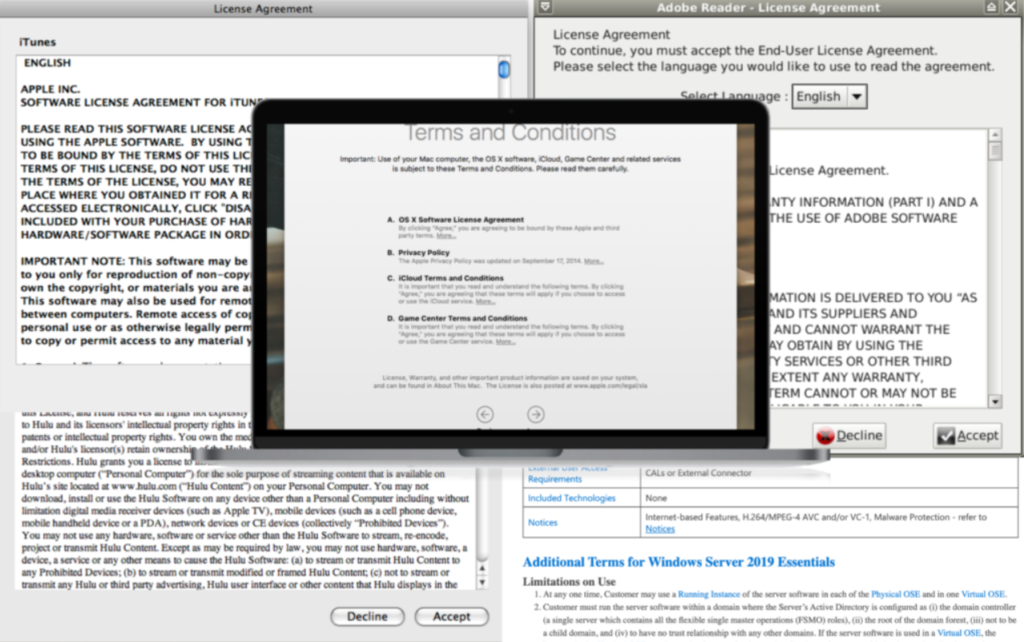
What’s Included In A Software License Agreement:
Intellectual Property Rights
These are a critical component of a software license agreement. The agreement should clearly outline the ownership of the software product, including any copyrights, patents, and trademarks associated with it. The software vendor should also specify the permitted uses of the software, such as whether the end-user is allowed to modify, reproduce, or distribute the software.
Information Security Policy
In today’s digital age, information security is of paramount importance. A software license agreement should include provisions that ensure the security of the end user’s data. The agreement should outline the security measures that the software vendor will take to protect the end user’s data, such as encryption, firewalls, and access controls. The agreement should also specify the end-users’ responsibilities regarding the security of the software, such as maintaining secure passwords and not sharing their login credentials with unauthorized users.
Scope
The scope of a software license agreement refers to the specific uses and limitations of the software product. The agreement should outline the permitted uses of the software, such as the number of installations, users, or devices. The agreement should also specify any restrictions on the use of the software, such as prohibiting the use of the software for illegal or unethical purposes.
Limitations Of Liability
Limitations of liability are provisions in a software license agreement that limit the software vendor’s liability in the event of damages or losses. The agreement should outline the types of damages that the software vendor is liable for, such as direct or indirect damages, and specify any limits to the software vendor’s liability. The agreement should also include provisions that protect the software vendor from liability arising from the end user’s misuse of the software.
Warranty Exclusions
Warranty exclusions are provisions in a software license agreement that exclude certain warranties that the software vendor may have otherwise provided. The agreement should specify any warranties that the software vendor does provide, such as a warranty that the software will function as intended. The agreement should also outline any warranty exclusions, such as excluding warranties for compatibility with other software or hardware.
Project Governance
Project governance refers to the management and oversight of the software development project. A software license agreement should include provisions that outline the software vendor’s project governance processes, such as their project management methodologies, quality control processes, and change management procedures. The agreement should also specify the end-user’s responsibilities regarding project governance, such as providing feedback and participating in project reviews. Pricing And Payment
Terms
Pricing and payment terms are critical components of a software license agreement. The agreement should outline the pricing structure of the software, such as whether it is a one-time fee or a recurring subscription. The agreement should also specify the payment terms, such as the payment schedule, method of payment, and any penalties for late payments.
Term Limits
Term limits refer to the duration of the software license agreement. The agreement should specify the length of the agreement, such as one year or five years, and outline any conditions for renewing or terminating the agreement. The agreement should also include provisions for how the software vendor will handle end-of-life or end-of-support for the software product.
Open-Source Disclosures
Open-source disclosures are provisions in a software license agreement that require the software vendor to disclose any open-source software components used in the development of the software product. The agreement should specify any open-source licenses associated with the software product and outline the software vendor’s obligations to comply with those licenses. The agreement should also specify any warranties or support that the software vendor provides for open-source components.
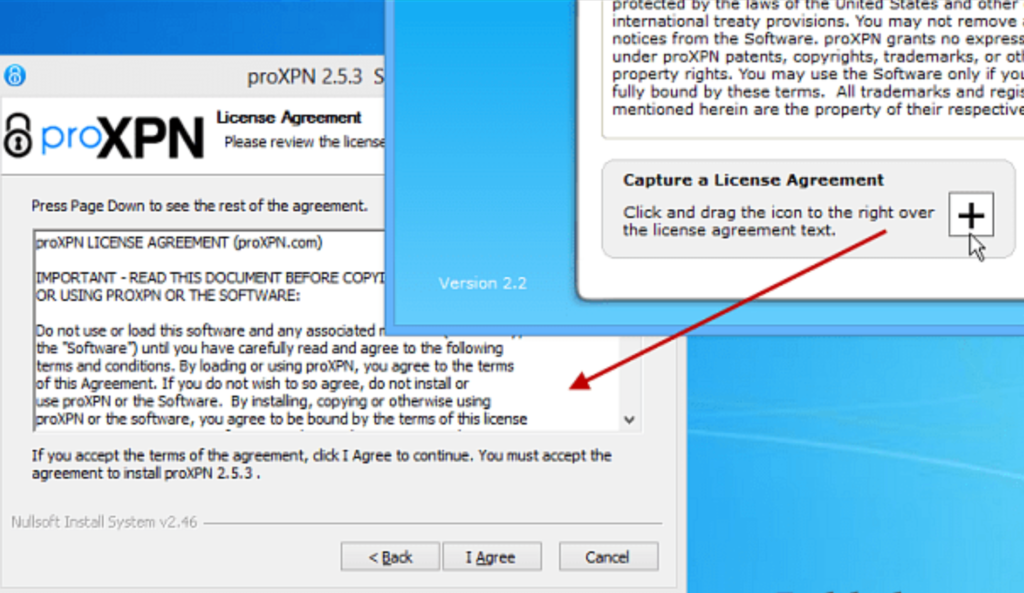
Main Clauses Of Software License Agreements:
- Non-exclusivity;
- Non-transferability;
- Modification;
- Rights;
- Breach of contract;
- Limitation of liability;
- Device usage;
- Termination;
- Governing law [4];
Why Are Software Licenses Important For Business Today?
Software licenses are agreements between software vendors and their customers that outline the terms of use for a particular software application. These licenses are crucial for businesses as they enable them to legally use software products while protecting the interests of software vendors.
Pros:
- Legal protection: Software licenses provide businesses with legal protection by outlining the terms of use for a software product. This ensures that businesses are using software in a manner that is compliant with copyright laws and licensing agreements;
- Security and Updates: Many software licenses include security and update services, which are crucial for businesses as they ensure that the software is up-to-date with the latest security patches and features;
- Technical Support: Software licenses often include technical support services that are essential for businesses. This support ensures that businesses have access to assistance if they encounter any technical issues while using the software;
- Cost-effective: Software licenses can be a cost-effective way for businesses to acquire software. Rather than purchasing individual licenses for each computer, businesses can often purchase a license that covers multiple users or devices;
- Customization: Some software licenses provide businesses with the ability to customize the software to meet their specific needs. This can include features such as custom branding or the ability to integrate with other software applications;

Cons:
- Cost: While software licenses can be cost-effective for businesses, they can also be expensive, especially for larger organizations that require licenses for multiple users or devices;
- Restrictive terms: Some software licenses may include restrictive terms that limit how the software can be used or distributed. This can be frustrating for businesses that need more flexibility in how they use the software;
- Lack of ownership: Software licenses do not provide businesses with ownership of the software. Instead, they provide businesses with the right to use the software under certain conditions. This can limit businesses’ ability to modify or customize the software;
- Dependency: Businesses that rely heavily on a particular software product may become dependent on that product, making it difficult to switch to a different software product if needed. This dependency can be exacerbated if the software vendor goes out of business or stops supporting the software;
- Compatibility: Some software licenses may not be compatible with other software applications used by a business. This can create compatibility issues that can be difficult to resolve;
Managing Software License Agreements:
Old-System Contract Management
This method can be especially challenging for companies that have many software licenses and contracts to manage. The manual process can lead to errors, which can result in breaches of the agreement’s terms and conditions. In addition, the manual process can be time-consuming and inefficient, leading to delays and missed opportunities.
Another issue with the old-system contract management approach is that it can be challenging to keep track of all the contracts and agreements that a company has. This can lead to missed renewals or payments, which can result in the loss of critical software licenses or penalties.
Automating Workflows For Software License Agreements
To address the challenges of old-system contract management, companies are turning to automated workflows. Automated workflows use software to manage the entire software license agreement process, from initial contract creation to renewal and termination.
Automated workflows can save time, reduce errors, and ensure compliance with the agreement’s terms and conditions. The software can automatically track the agreement’s terms, notify users when the contract is about to expire and facilitate renewals and payments.
Automated workflows also make it easier to manage multiple contracts and agreements. The software can store all the contracts and agreements in a central location, making it easy to find and manage them. The software can also generate reports and analytics on the company’s software license agreements, providing insights into usage, costs, and compliance.
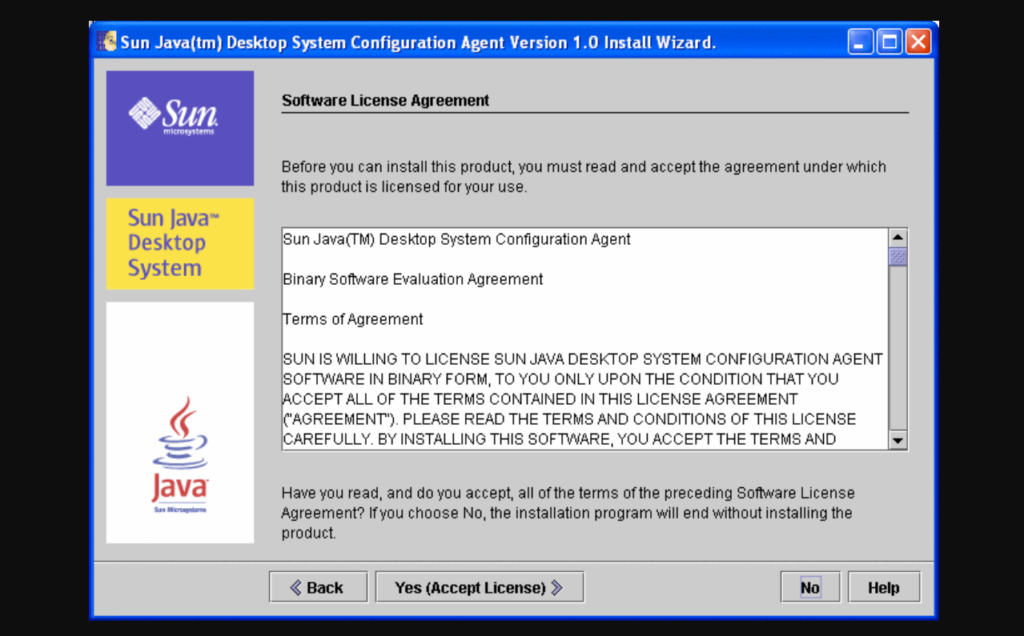
Automated workflows can also improve collaboration and communication between different teams involved in managing software license agreements. The software can provide real-time updates, notifications, and alerts, ensuring that all parties are aware of any changes or issues.
One significant advantage of automating workflows is that it can save costs. The software can reduce the need for manual labor, eliminate errors, and ensure that companies are using their software licenses efficiently.
FAQ:
- What is the most common software license agreement?
The most common software license agreement is the End User License Agreement (EULA) [6]. This type of agreement is typically used for consumer-facing software products and sets out the terms and conditions for the use of the software by the end user.
- What is the difference between SaaS and software license agreements?
Software as a Service (SaaS) and software license agreements are both legal contracts, but they differ in their scope and purpose. SaaS agreements typically cover the use of software that is accessed over the internet, while software license agreements cover software that is installed on a user’s device. SaaS agreements may also include provisions for ongoing services and support, while software license agreements generally do not.
- Who benefits from licensing agreements?
Both the licensor and the licensee can benefit from licensing agreements:
- For the licensor, a licensing agreement can protect their intellectual property rights and ensure that they are properly compensated for their work;
- For the licensee, a licensing agreement can provide clarity on the terms and conditions of use and help to avoid legal disputes or misunderstandings down the line;
- What is the main risk of being a licensee?
The main risk of being a licensee is the possibility of violating the terms of the licensing agreement, which can result in legal action and potential financial penalties. Licensees must ensure that they fully understand the terms of the agreement and comply with any restrictions or limitations on the use of the software.
- How do you structure a licensing agreement?
The agreement may also include provisions for support and maintenance, updates and upgrades, and termination of the license. It is important to consult with legal counsel to ensure that the licensing agreement is legally enforceable and protects the rights of both parties.
When structuring a licensing agreement, it is important to consider the following factors:
- Define the licensed software: The agreement should clearly define the software product that is being licensed, including any specific features or functionalities;
- Scope of the license: The agreement should specify the scope of the license, including any limitations on the number of users or devices on which the software can be installed;
- Restrictions on use: The agreement should outline any restrictions on the use of the software, such as prohibiting reverse engineering, modifying or distributing the software without permission, or using the software for illegal activities;
- Warranties and disclaimers: The agreement should include any warranties or disclaimers regarding the performance of the software or its fitness for a particular purpose;
- Remedies for breach: The agreement should specify the remedies available in the event of a breach, such as termination of the license, injunctive relief, or monetary damages;
- Support and maintenance: The agreement should address any support and maintenance obligations, such as providing updates or patches to the software;
- Termination: The agreement should specify the circumstances under which the license can be terminated, including non-payment, breach of the agreement, or expiration of the license term;
- What is the difference between a license agreement and a contract?
A license agreement is a type of contract that grants permission to use a particular product or service, such as software or music. The main difference between a license agreement and a general contract is that a license agreement specifically grants the licensee the right to use a particular product, whereas a contract can cover a wide range of transactions.
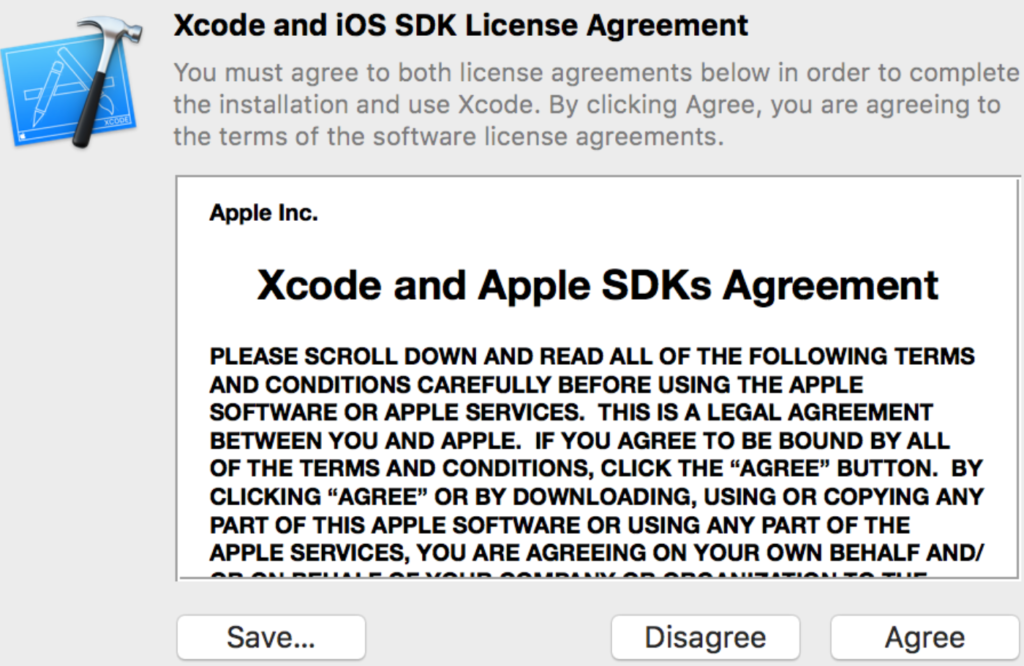
- What should be included in a software agreement?
A software agreement, also known as a software license agreement, should include information such as the terms of use, the scope of the license, the limitations on use, the warranties and disclaimers, the payment terms, and the governing law. It should also specify the rights and responsibilities of both the licensor and licensee.
- Do software licenses expire?
It depends on the terms of the license agreement. Some software licenses have a time-limited period, after which the license will expire, while others may be perpetual, meaning the license does not have an expiration date.
- Is a software license the same as a subscription?
Not necessarily. A software license grants the right to use a particular software product, while a subscription provides access to software for a certain period, typically with updates and support included.
- What is software without a license called?
Software without a license is typically referred to as “unlicensed” or “pirated” software [7].
- Is it illegal to use software without a license?
Yes, it is generally illegal to use software without a license, as this violates the copyright laws that protect the software owner’s intellectual property rights.
- Does free software require a license?
Yes, free software typically requires a license, such as a free and open-source software license, to define the terms and conditions for using and distributing the software.
- Can software have two licenses?
Yes, the software can have two licenses. This is known as dual licensing. Dual licensing is a licensing model where the software is made available under two different licenses. One license is typically a proprietary license, which restricts the user’s rights to modify or distribute the software. The other license is typically an open-source license, which grants users more freedom to modify and distribute the software.
- What is a software license vs. a proprietary software license?
A software license is a legal agreement between the software developer and the user that outlines the terms and conditions for using the software. This agreement may include restrictions on how the software can be used, modified, or distributed. A proprietary software license is a specific type of software license that restricts the user’s rights to use, modify, or distribute the software.
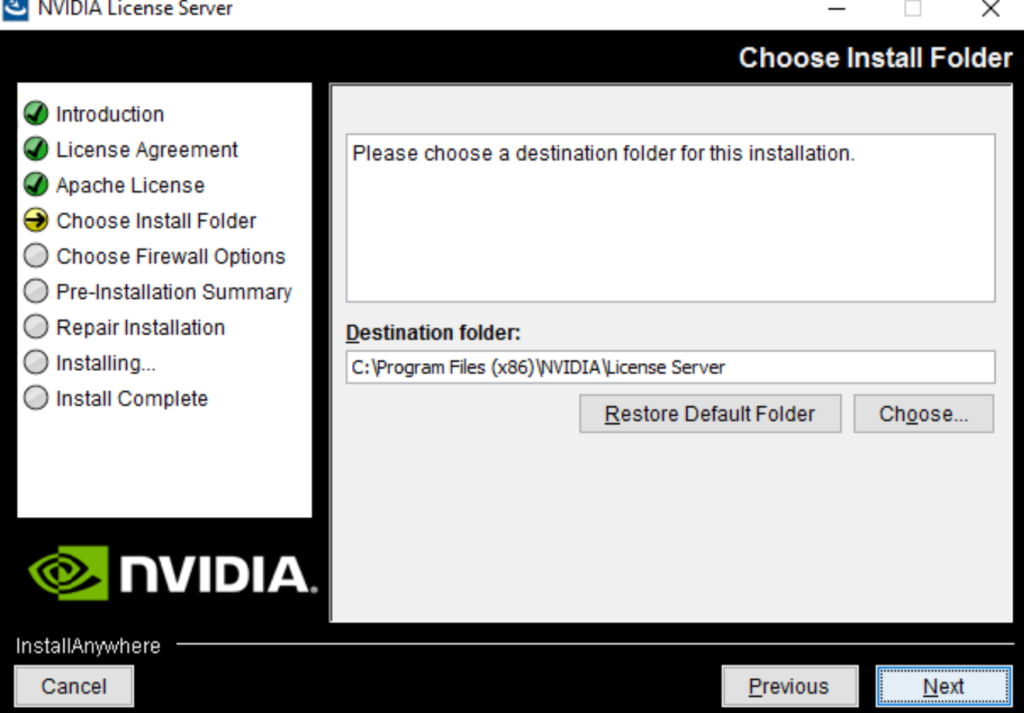
- What is the strictest software license?
The strictest software license is generally considered to be the GNU General Public License (GPL) [8]. The GPL is an open-source license that requires that any software that incorporates GPL-licensed code must also be distributed under the GPL license. This means that any modifications or derivatives of the software must also be made available under GPL.
- What is the software license fee?
A software license fee is a fee that is paid by a user to obtain a license to use a particular software. The fee may be a one-time payment or an ongoing subscription fee, depending on the terms of the license agreement. The license fee may vary depending on the type of software, the intended use, and the number of users.
Useful Video: What Is a Software License and What Types Are Available?
References:
- https://www.techopedia.com/definition/27130/software-license-agreement
- https://ironcladapp.com/journal/contracts/software-license-agreement/
- https://www.legalnature.com/guides/the-basics-of-software-license-agreements
- https://www.contractscounsel.com/t/us/software-license-agreement
- https://cpl.thalesgroup.com/software-monetization/software-licensing-basics/software-license-agreement
- https://www.lawinsider.com/dictionary/software-licensing-agreement
- https://www.ansarada.com/business-readiness/contracts/software-licenses
- https://sequoialegal.com/blog/what-is-the-purpose-of-a-software-license-agreement


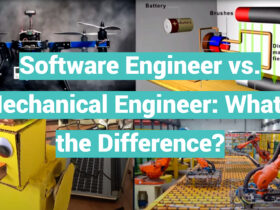
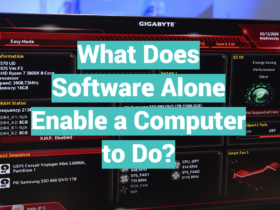
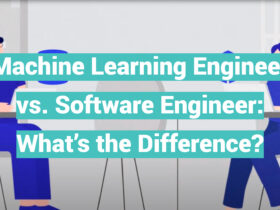
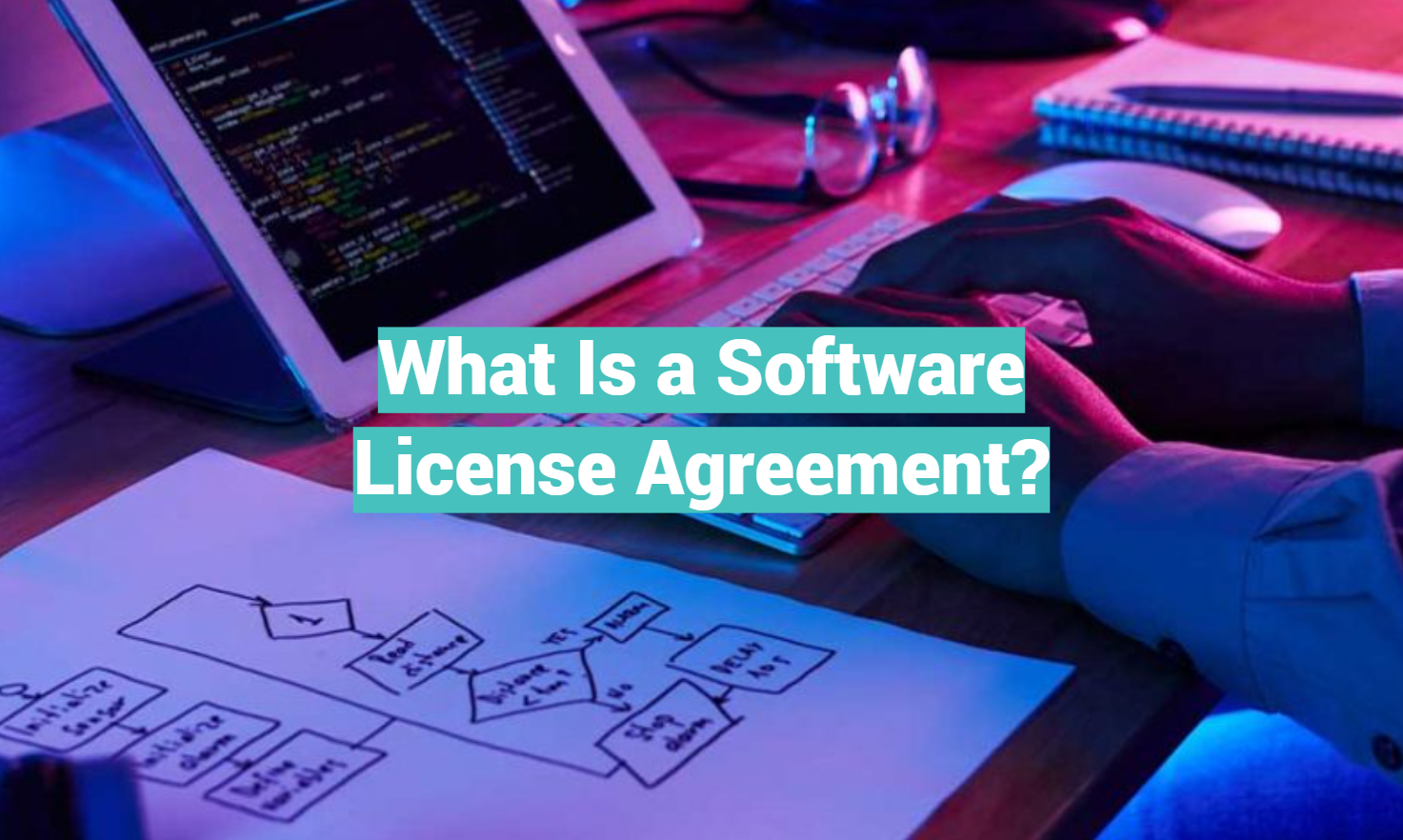
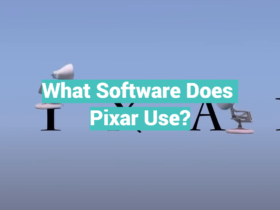
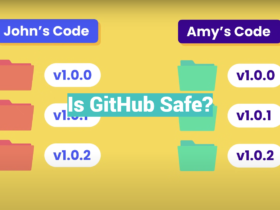

Leave a Review